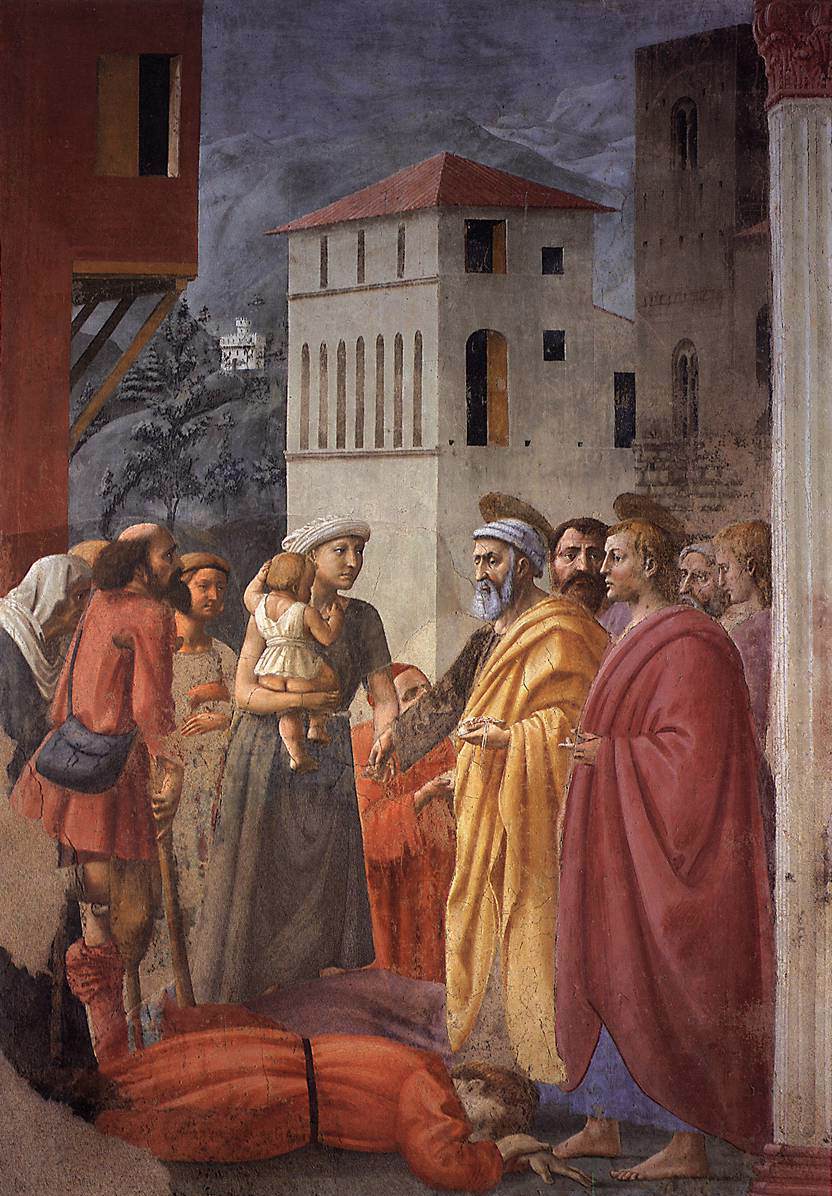
EUH 1000
ART OF RENAISSANCE EUROPE: "THE GIANTS"

The artist Masaccio (1401-1428) lived a very short time, but his painting
remains with us. Here is St. Peter giving alms to a poor woman
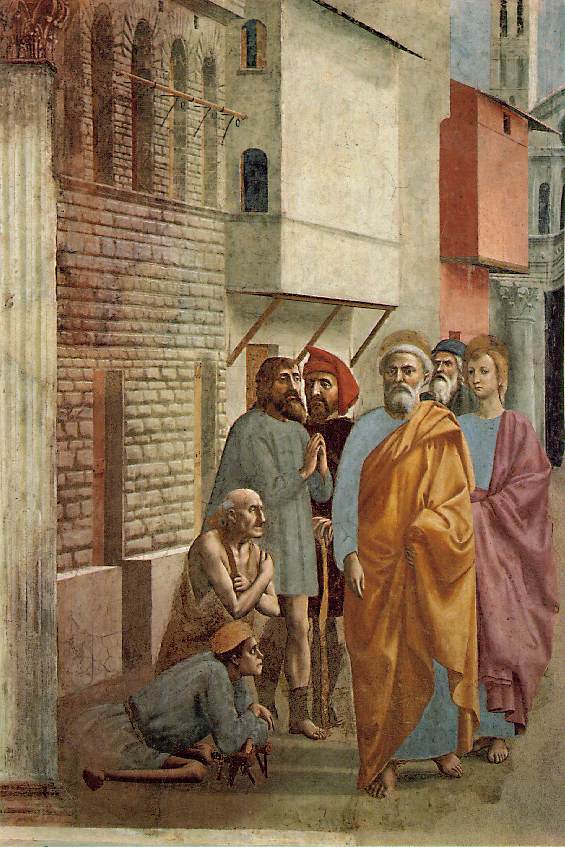
And here St. Peter heals the sick with his shadow
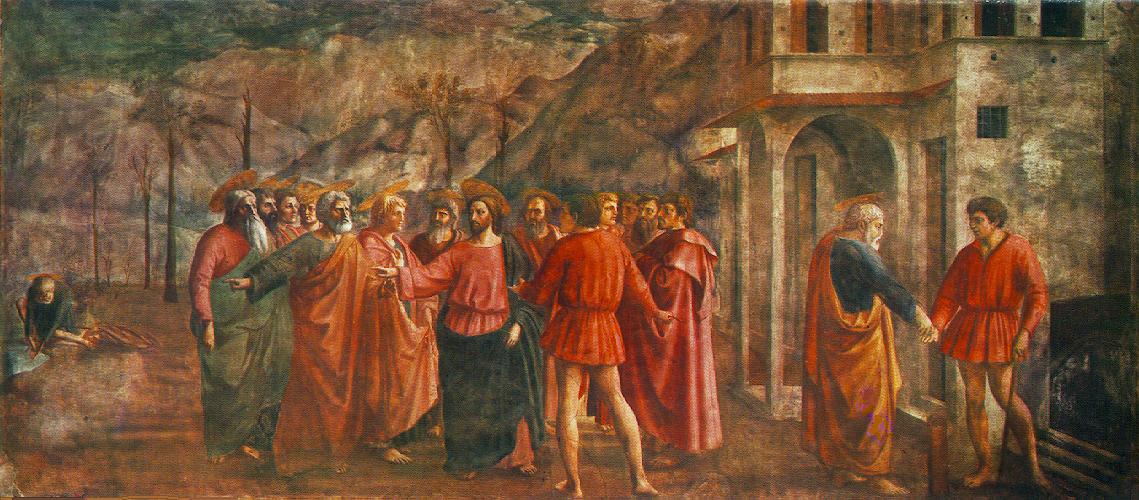
The Tribute Money, Masaccio's masterpiece, shows the serious and noble Disciples with Christ
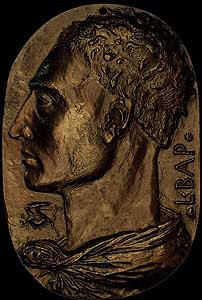
Leon Battista Alberti (1404-1472), an all round Renaissance Man, has, again, a serious demeanor
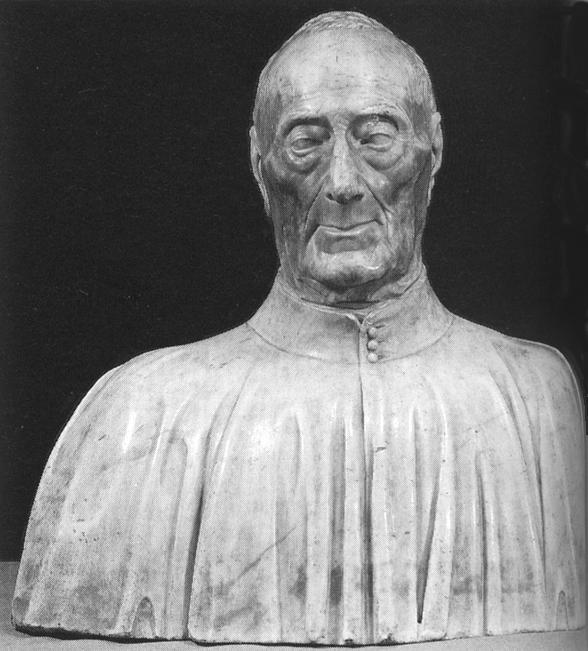
And this bust of a Florentine city councilman shows why Florence was the new Athens-
he is the embodiment of Plato's 'philosopher-king.' Sometimes one thinks that maybe the US
should spread aristocracy around the world instead of democracy. After all, a good aristocracy is
better than a bad democracy. Of course, neoconservative Jacobins don't have time to study art.
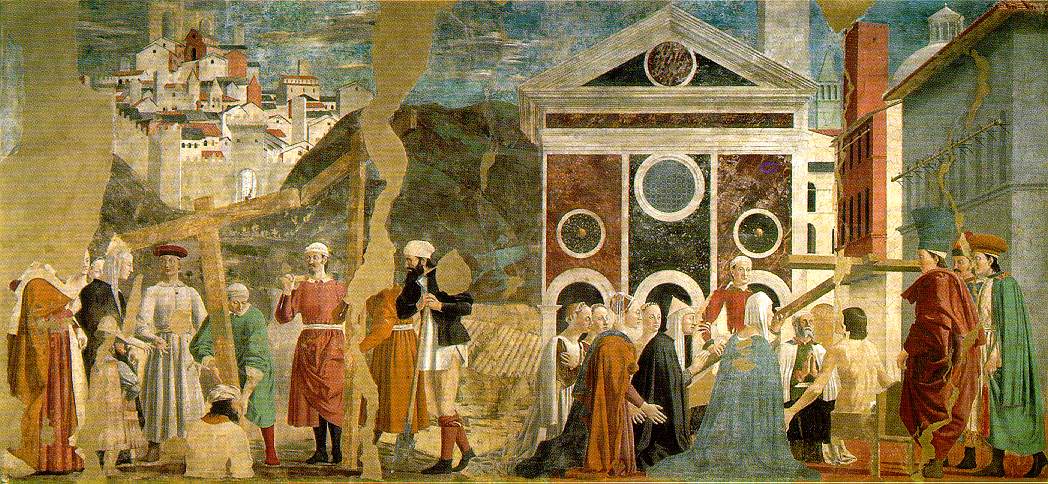
Piero Della Francesca (1420-1492) painted historical themes such as the time in the 300's that
the True Cross was searched for at Jerusalem
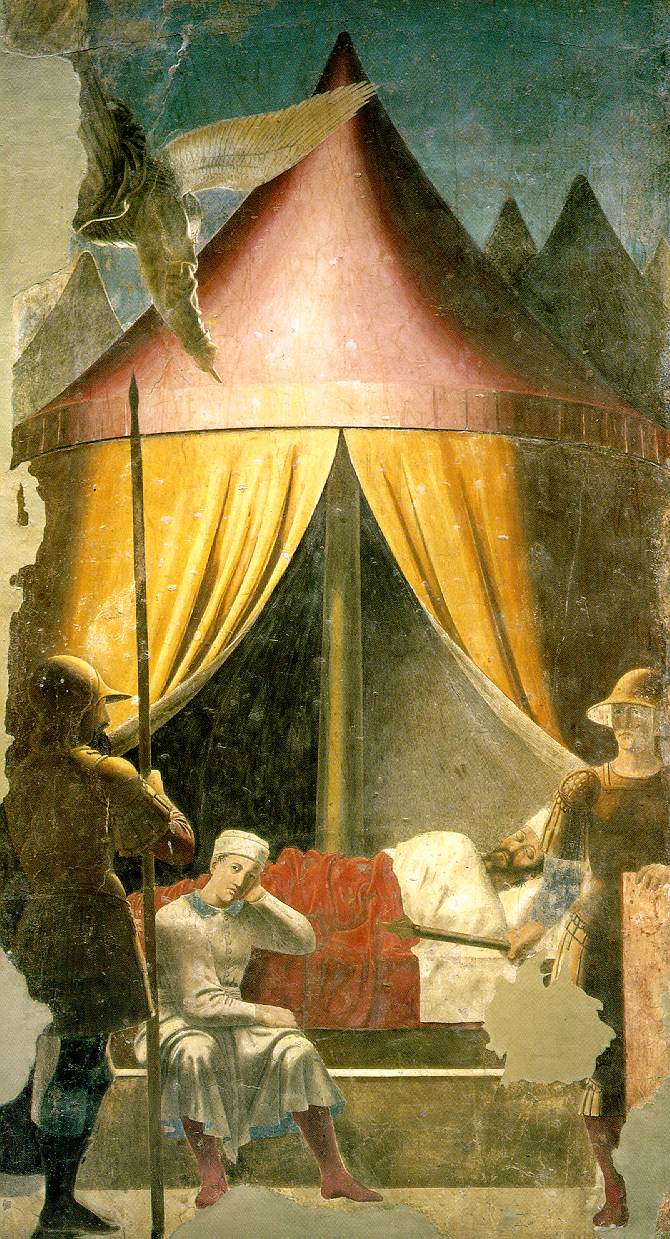
And here Della Francesca shows us 'Constantine's Dream,' during those heady days
after he saw the flaming cross- which forever changed history by legalizing Christianity in the Empire
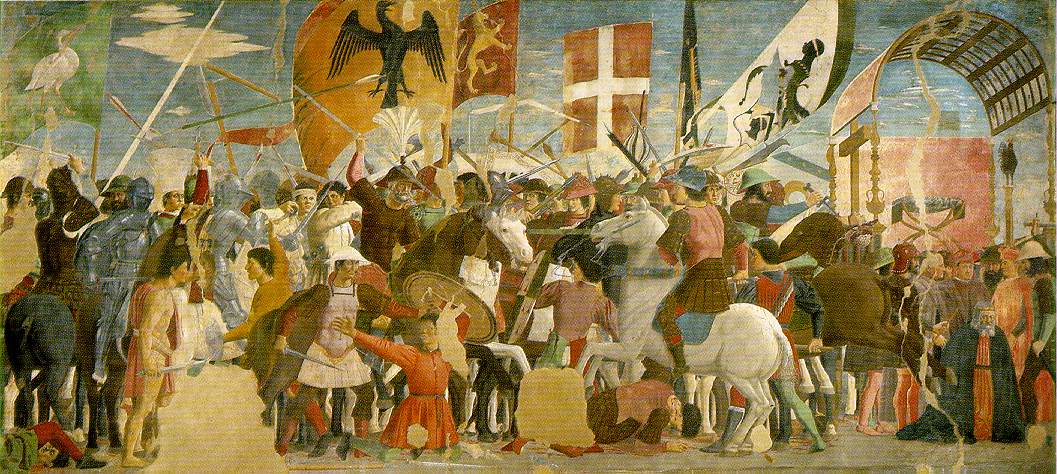
Another historical scene, the Byzantines and Heraclius vs. the Sassanids under Khrosrow in the 600's

Back in his own time, Della Francesca gives us a harmonius vision of the 'ideal city.'

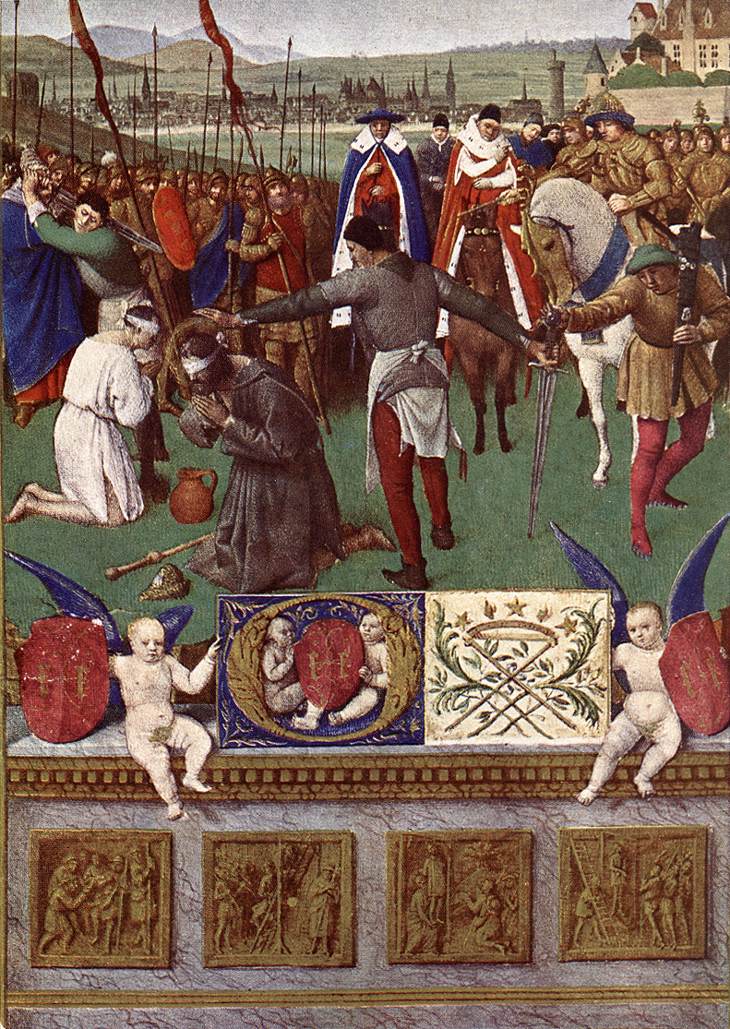
Jean Fouqout (1420-1480) is the first French painter of the modern period
(the 3 Limbourg Bros. were German, though their scenes were French)
At left is St. Andrew and at right is St. James- both saints were martyred- they would not renounce their faith
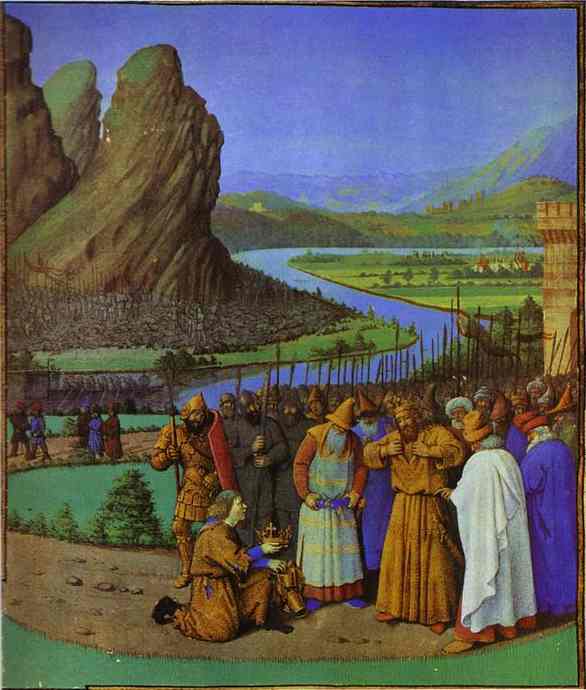
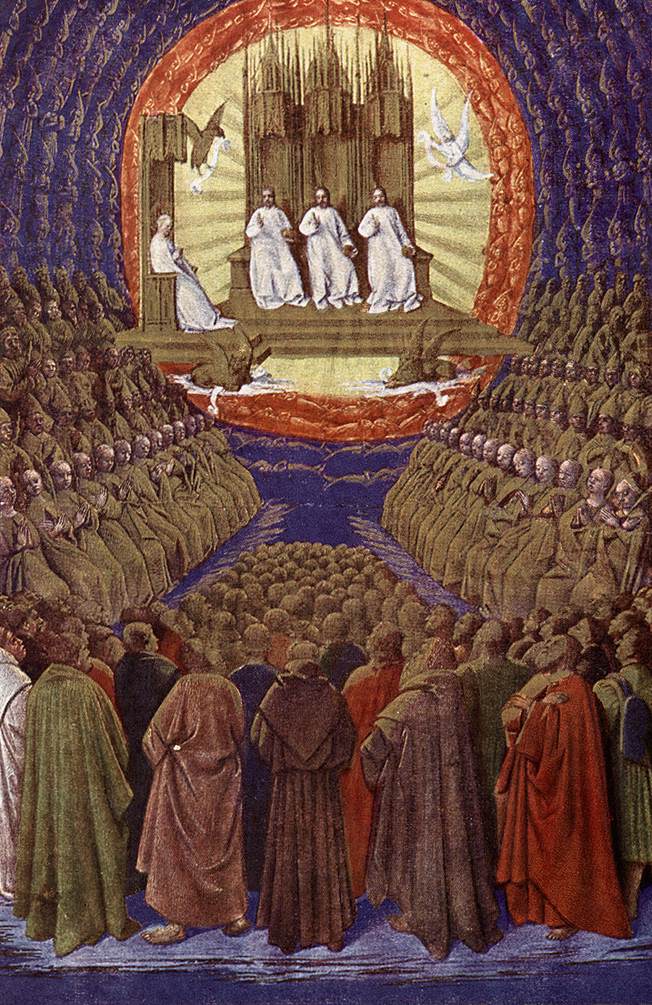
Fouquet's painted the Old and New Testament: David recieves word of the death of King Saul at left
(in a scene that looks strikingly like 1400's France with some exotic rocks)- and at right is 'The Enthronement of the Virgin'
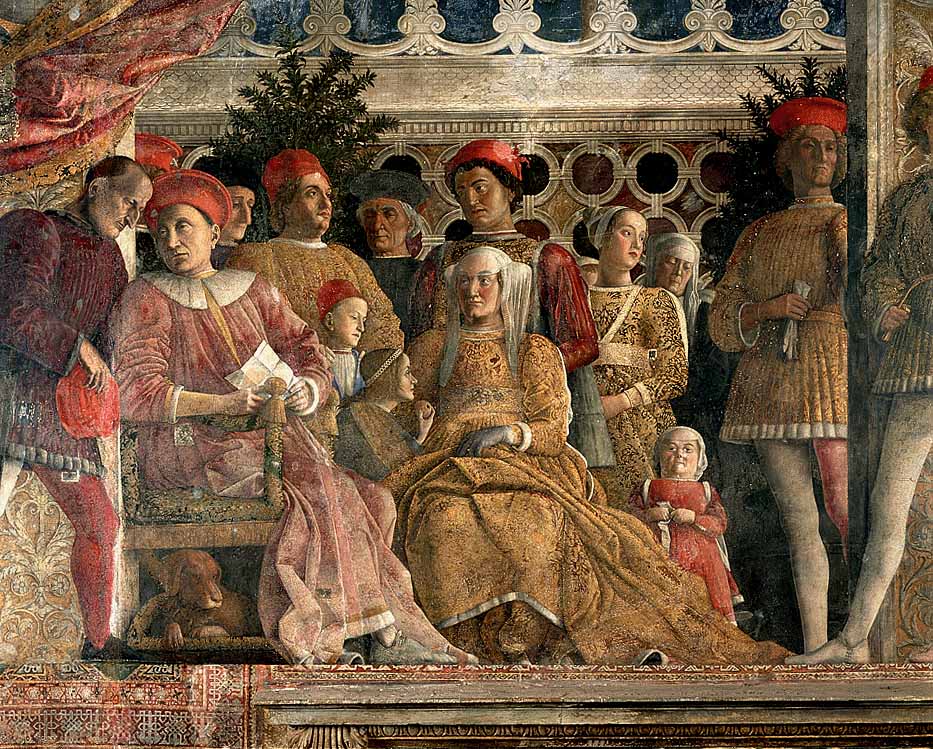
Now we move to Mategna (1431-1506) who paints a family portrait of the Gonzagas of Mantua
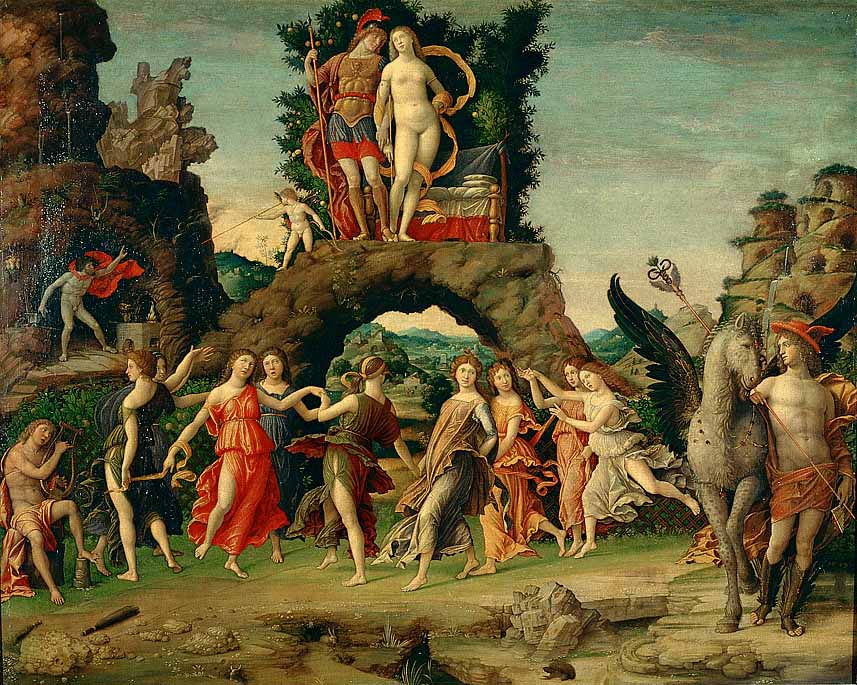
A vision of Parnassus by Mantegna, where the Greek muses dash and play together
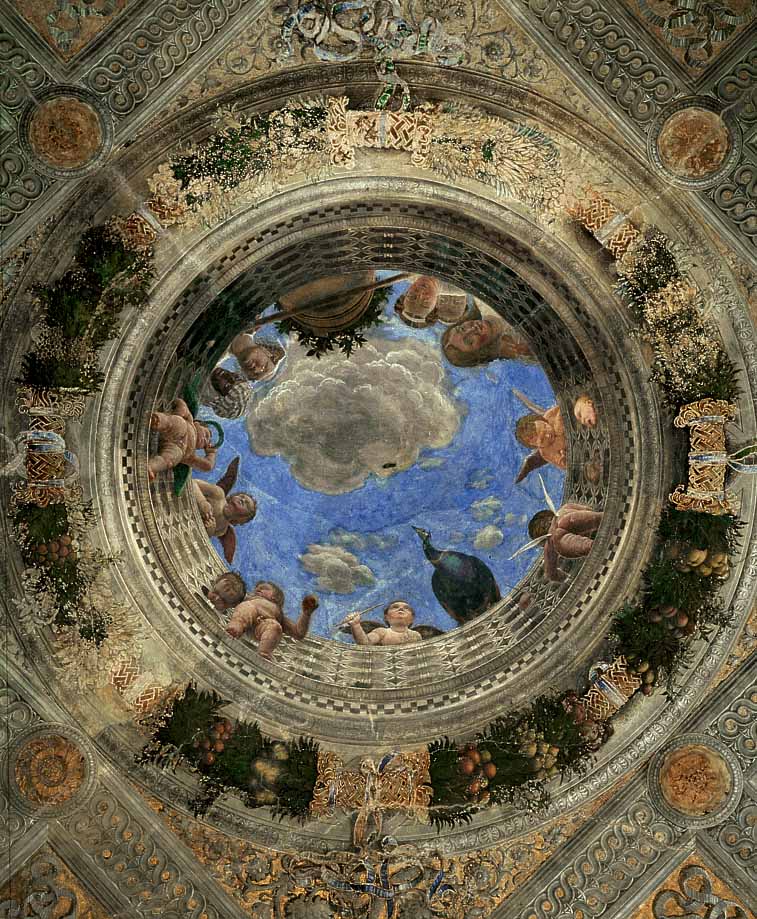
Mantegna's perspectivism takes on new heights- get it- in this ceiling-
let's hope someone took the cherubs out to urinate on their lunchbreak
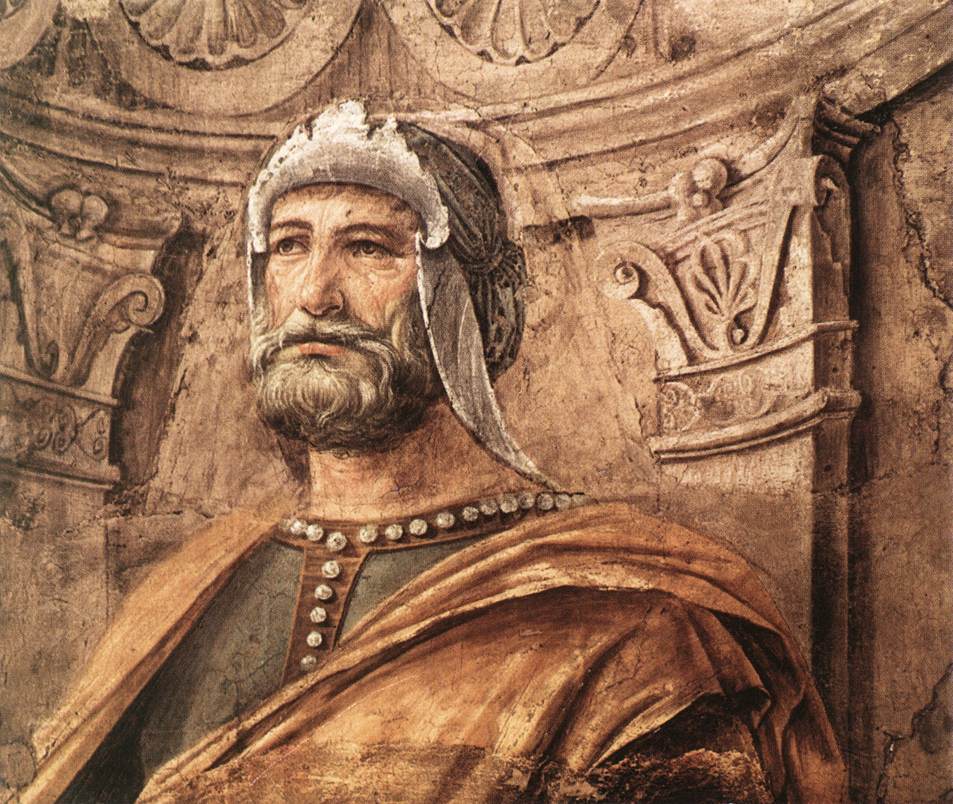
'A man at arms' by Bramante (1444-1514) puts more dignity in soldiering than we are used to today
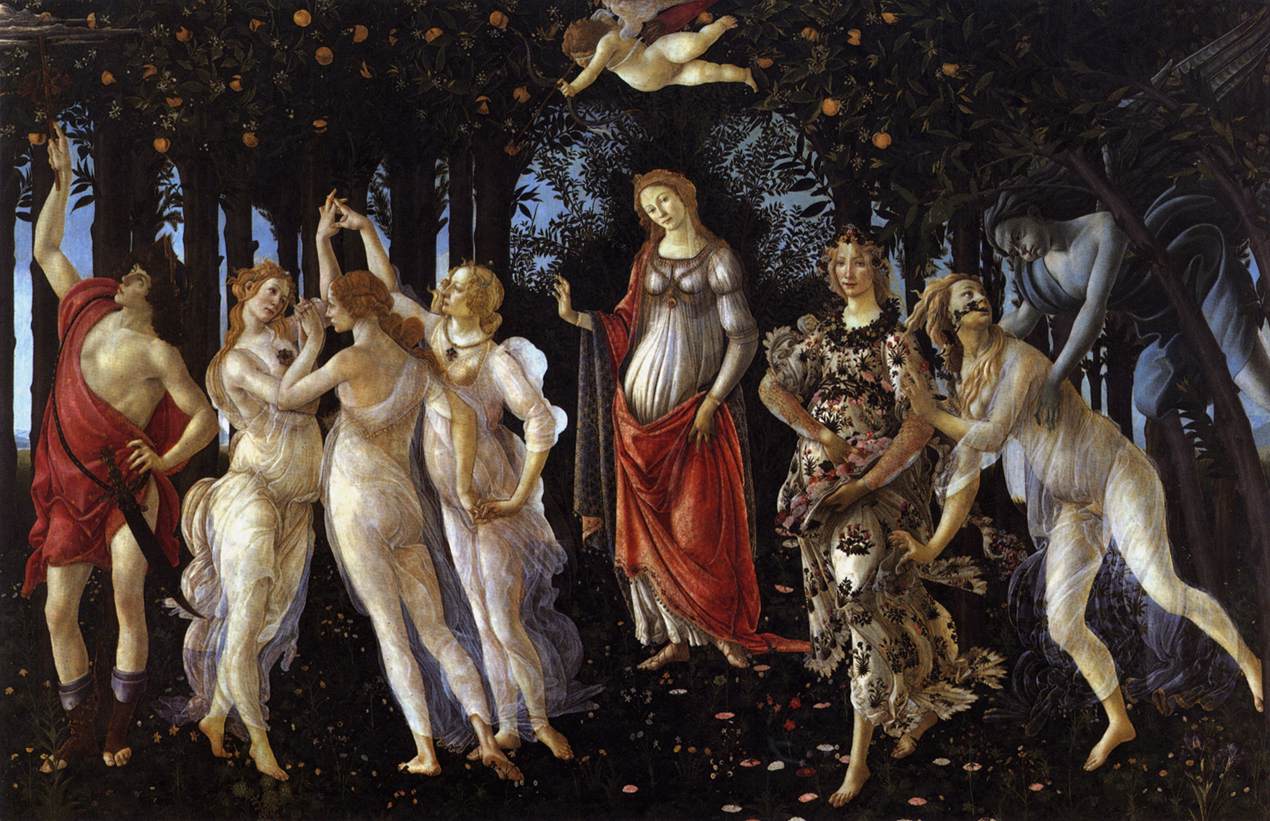
A true giant of painting, Botticelli (1445-1510), puts a reserved sensuality into rare form with
'Primavera,' the season we know as spring. The famous 3 Graces are at left
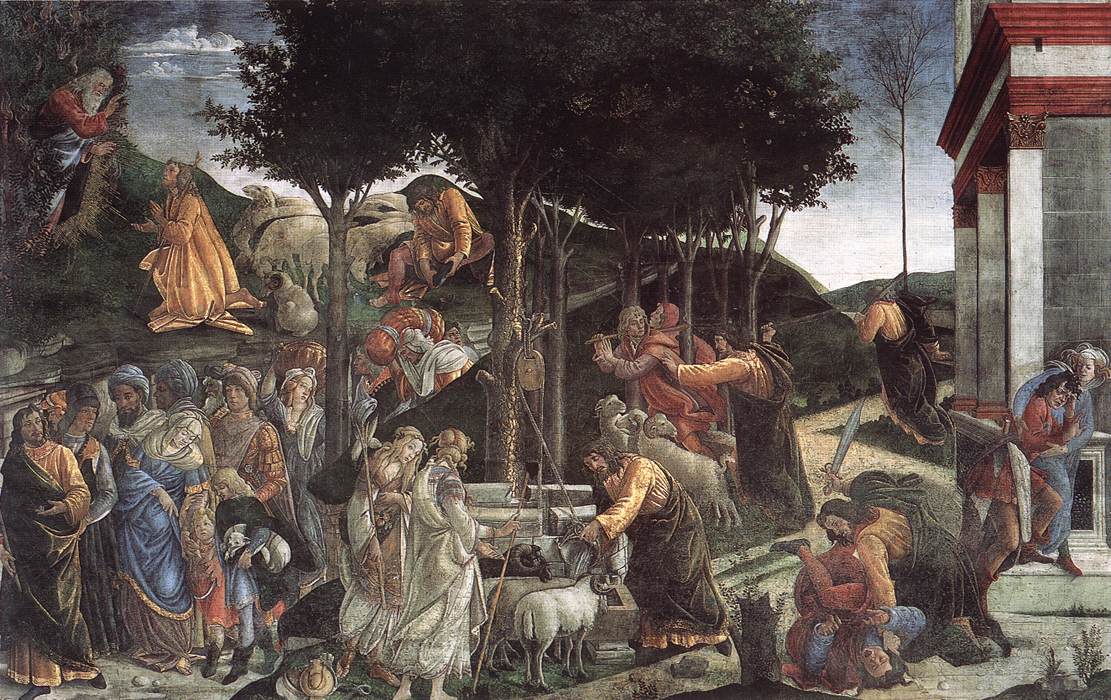
'Scenes from the Life of Moses'
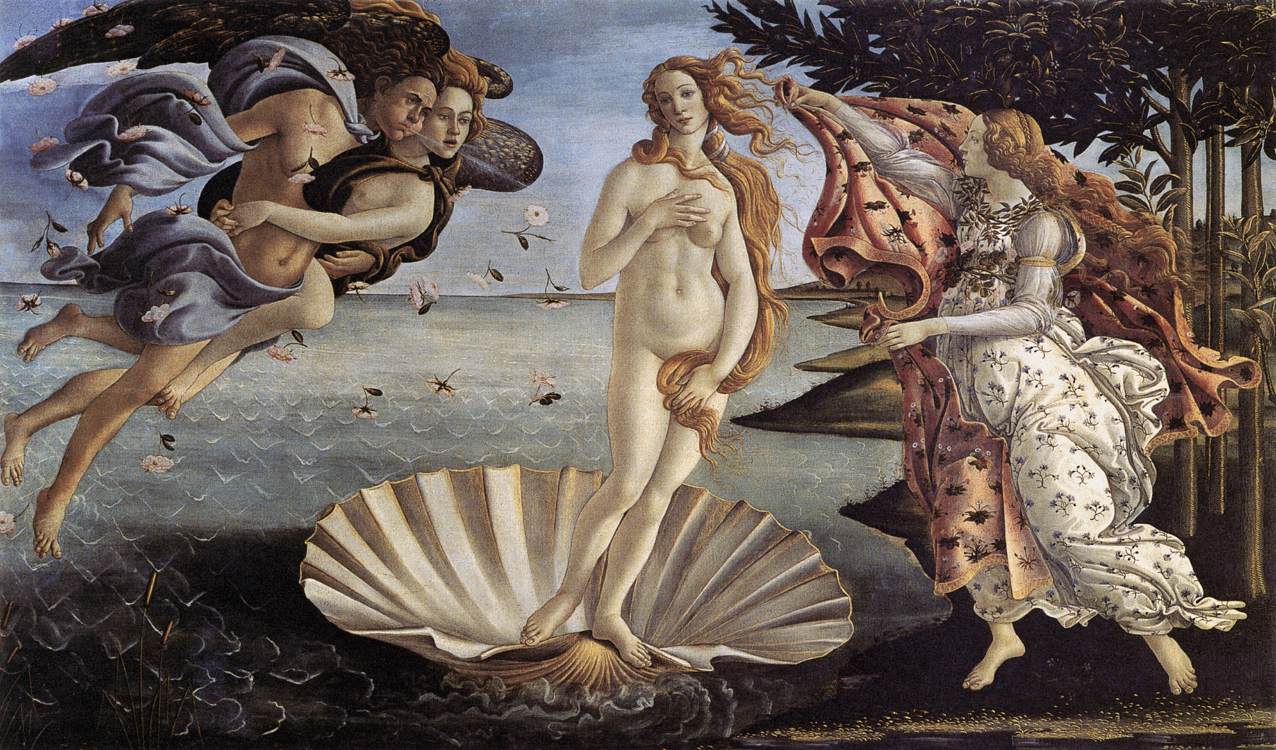
'The Birth of Venus' - a true classic of Western Art, she has the body of the Roman goddess of love
and the face of Mary- our lady of tenderness
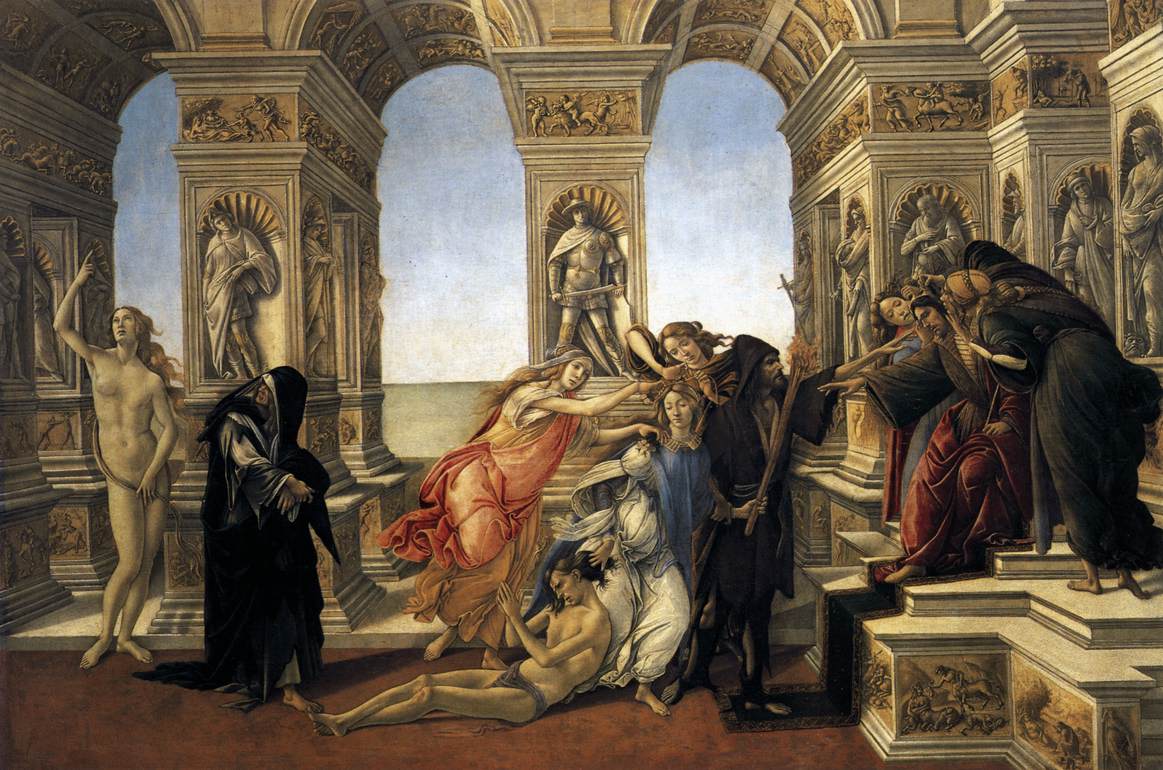
Finally, Botticelli's vision of events in a Greco-Roman celestial city. And why not? What if the
Empire had not fallen? What if there were not a thousand years of separation between
the Classical and Renaissance periods? Where would we be right now?
Ascend to more Renaissance art----------------->